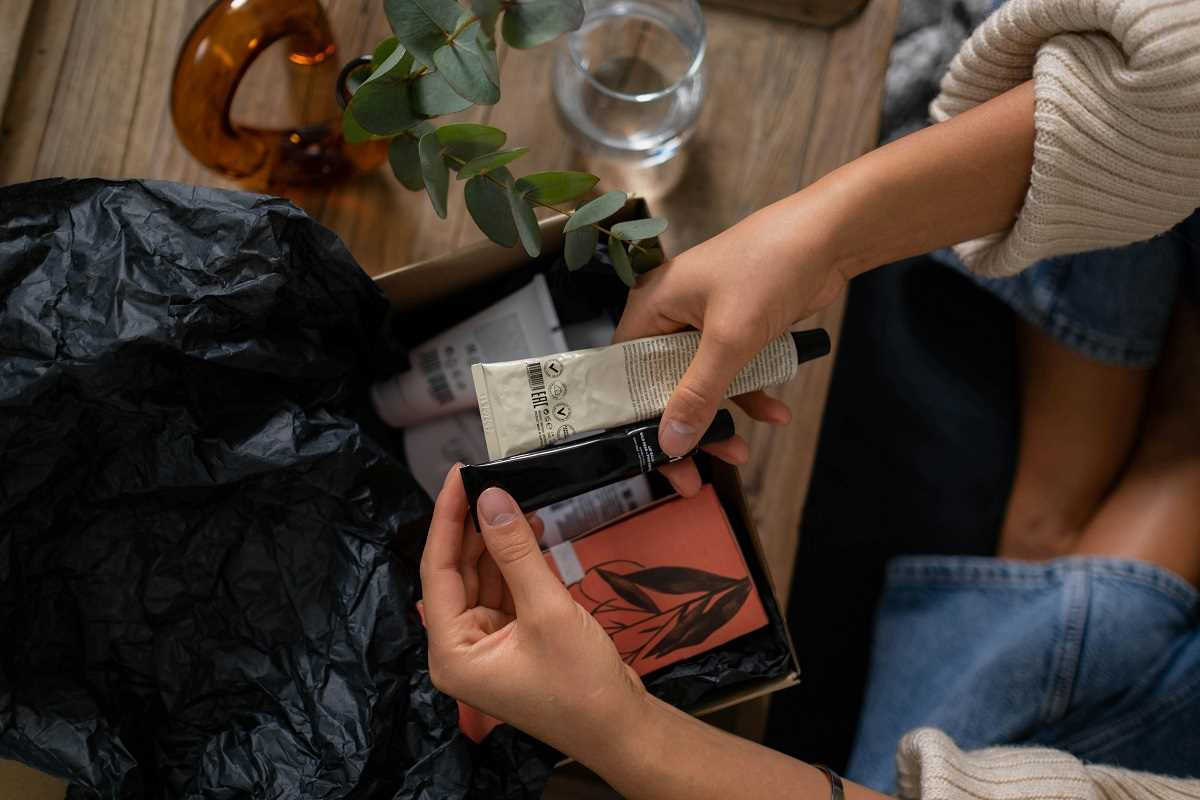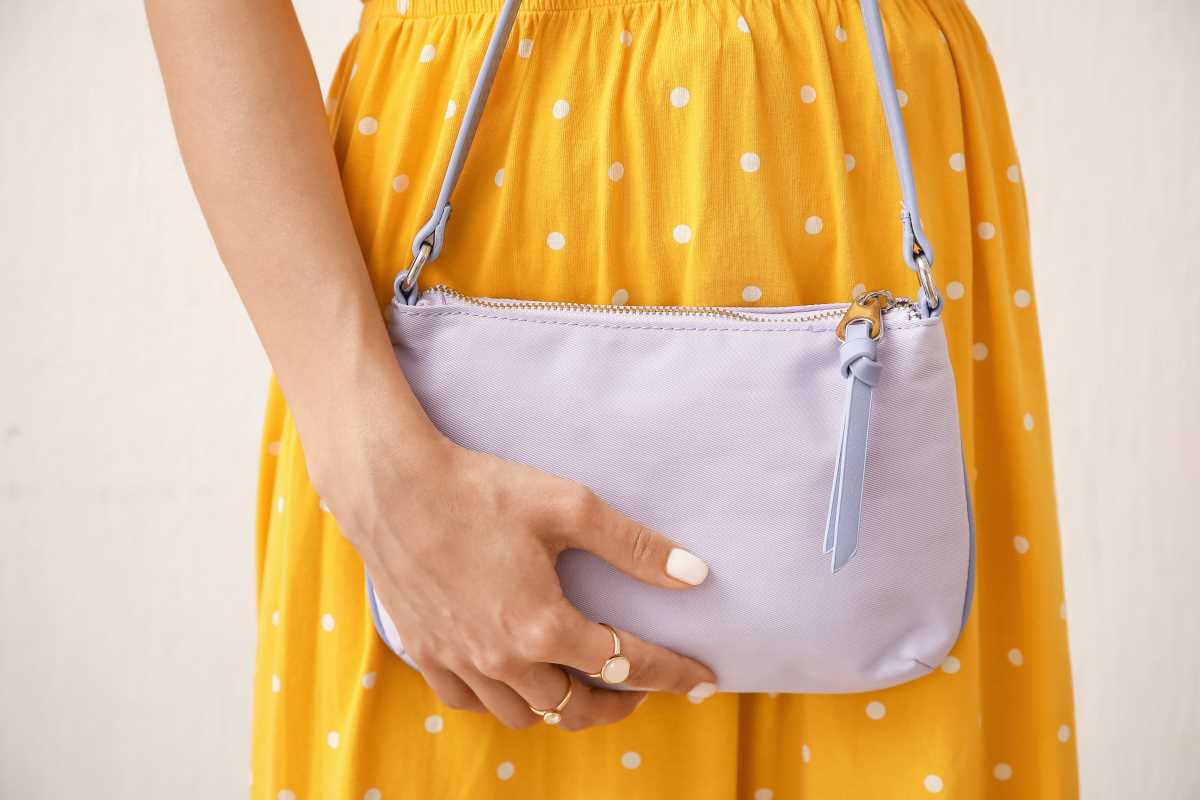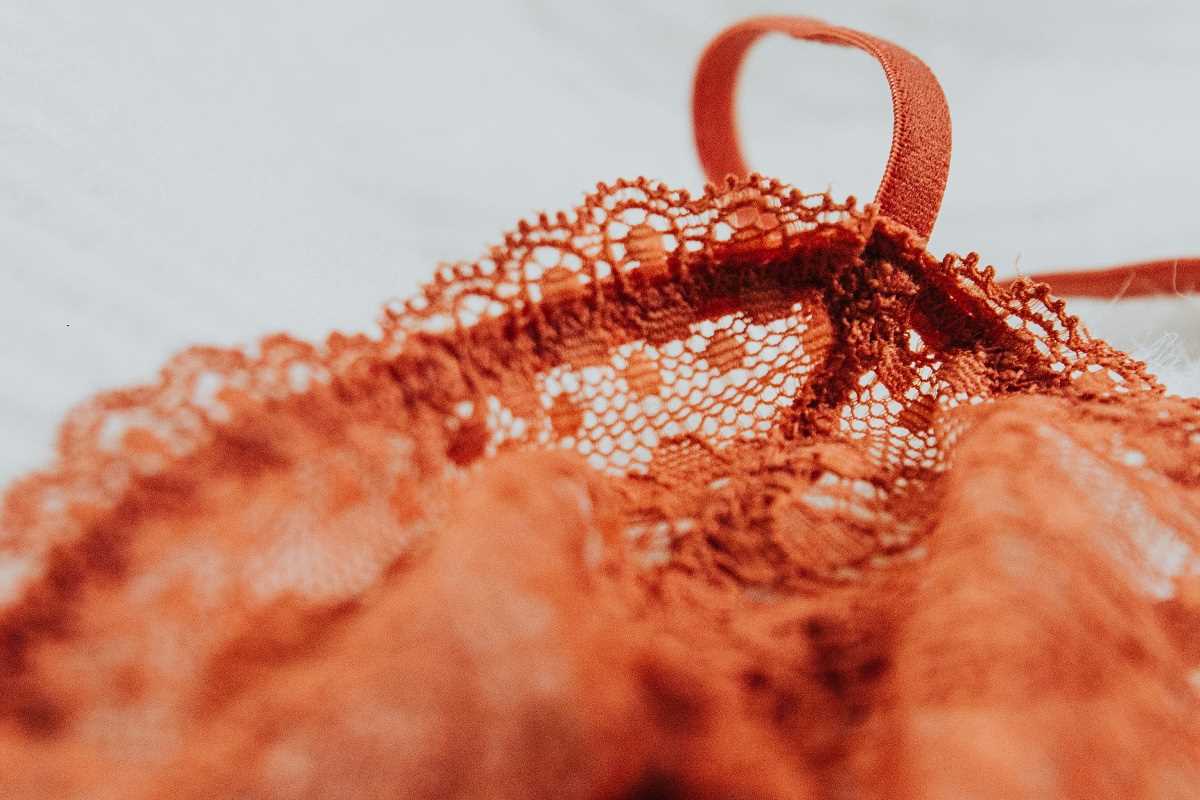Ever looked at your closet and thought, “I wish this shirt had a little more personality”? Or maybe you love thrift shopping but wish you could give that perfect vintage find a color update. The good news is, with natural dyes, you can! Dyeing your clothes naturally is not only fun and creative but also eco-friendly. Unlike synthetic dyes, which can harm the environment, natural dyes come straight from Mother Nature–think plants, fruits, and even spices. Bonus? You won’t need a science degree to make it happen.
Natural dyeing is a delightful mix of art and science. With a little patience and some kitchen basics, you can transform your wardrobe with colors you never thought possible. This guide will break down the process step by step and give you tips to master the art of natural dyeing. By the end, you’ll be ready to breathe new life into your clothes, all while being kind to the planet.
Before we jump into the how-to, it’s important to understand what natural dyeing actually is. Unlike synthetic dyes, natural dyeing uses colors derived from things like flowers, leaves, berries, roots, and even kitchen scraps like onion skins and avocado pits. It’s an ancient practice that dates back thousands of years, used by cultures around the world to create vibrant textiles.
One of the coolest things about natural dyeing is the unpredictability. The results can vary based on the fabric, dye source, and even how long you leave your garment in the dye bath. It’s all part of the charm–you never quite know what you’re going to get, but it’s always unique.
Supplies You’ll Need
Dyeing doesn’t require fancy or expensive tools, and most of what you need is probably already in your house. Here’s your basic starter kit for natural dyeing success:
- A large pot: This is where the magic happens. Your pot will hold the dye bath where your fabric will soak up the colors.
- Natural dye ingredients: We’ll talk about different options later, but start with something simple like red onion skins, turmeric, or black tea.
- Fabric or clothing: Natural fibers like cotton, linen, wool, or silk work best, as they absorb natural dyes much better than synthetic materials like polyester.
- Fixatives (or mordants): These help the fabric hold on to the dye. Common examples include salt, vinegar, or alum (a natural mineral you can find at craft stores).
- Rubber gloves: Unless you want your hands to be as colorful as your clothes!
- Strainer: For removing plant materials from the dye bath before adding your fabric.
Choosing Your Dye Ingredients
The fun part of natural dyeing is experimenting with different ingredients to see what colors you can create. Here’s a breakdown of common natural dye sources and the hues they produce:
- Red Onion Skins: Pink to reddish brown
- Avocado Pits and Skins: Soft pinks or dusty rose
- Turmeric: Bright, sunny yellow (caution–it stains EVERYTHING)
- Black Tea or Coffee: Warm, earthy browns
- Beets: Deep reddish pink
- Red Cabbage: Blue or purple, depending on the pH of your dye bath
- Spinach or Mint Leaves: Pale green
- Berries (e.g., blueberries, blackberries): Shades of purple
Remember, the final color can vary depending on the fabric, the dye concentration, and how long you leave your fabric in the bath.
Prepping Your Fabric
Before you start dyeing, it’s important to prep your fabric properly. This ensures the color sticks and lasts longer after washing.
- Wash Your Fabric: Start by washing your fabric or clothing to remove any dirt, oils, or chemicals that could interfere with the dye. Use a gentle detergent, and skip the fabric softener.
- Create a Mordant Bath: A mordant (or fixative) helps bind the dye to the fabric. For plant-based fabrics like cotton, dissolve salt or vinegar in water. For example, mix 1 part vinegar to 3 parts water, or add ½ cup of salt to your mordant bath.
- Simmer Your Fabric: Place your fabric in the mordant bath and gently simmer for about an hour. This step ensures the fabric soaks up the dye evenly later. Rinse with cool water after removing it from the bath.
Making Your Dye Bath
Now comes the fun part–making your dye bath! The process is simple, and the best part is that you can use leftover kitchen scraps or items from your garden.
- Prepare Your Dye Ingredients: Chop or crush your dye source into smaller pieces. For example, if you’re using onion skins, peel off as many layers as you can.
- Simmer to Extract Color: Add your dye source to a large pot of water (the more ingredients you use, the richer the color). Simmer gently for 30 minutes to an hour, stirring occasionally. You’ll see the water change color–that’s your dye bath!
- Strain the Dye Bath: Remove any solid plant material by pouring the mixture through a strainer. You’re left with beautifully colored liquid that’s ready for your fabric.
Dyeing Your Clothes
Finally, it’s time for the main event! Here’s how to dye your clothes naturally and get the results you’re after.
- Add Your Fabric: Place your prepped fabric into the dye bath, making sure it’s completely submerged. Stir occasionally for even color.
- Simmer and Wait: Simmer the fabric gently in the dye bath for at least 30 minutes. For deeper colors, you can leave it soaking overnight.
- Check the Color: Remember, the color will look darker when wet. If you’re happy with the shade, remove the fabric. If you want it darker, add more time.
- Rinse and Dry: Rinse your fabric thoroughly in cool water until the water runs clear. Hang it to air dry, keeping it out of direct sunlight to prevent fading.
Care Tips
Natural dyes can fade faster than synthetic ones, but with proper care, your creations will last longer. Wash your clothes in cold water with a mild detergent, and skip the harsh bleach or strong chemicals. Always dry your items out of direct sunlight, which can cause colors to fade.
 (Image via
(Image via





